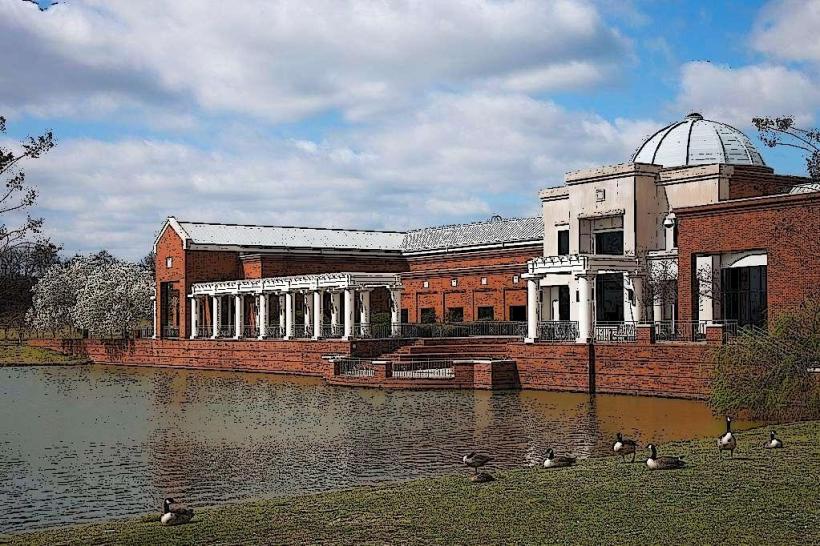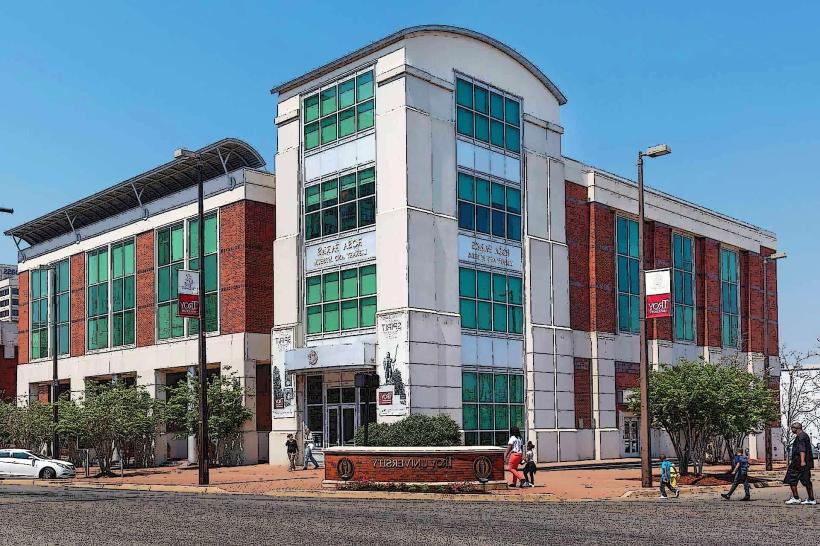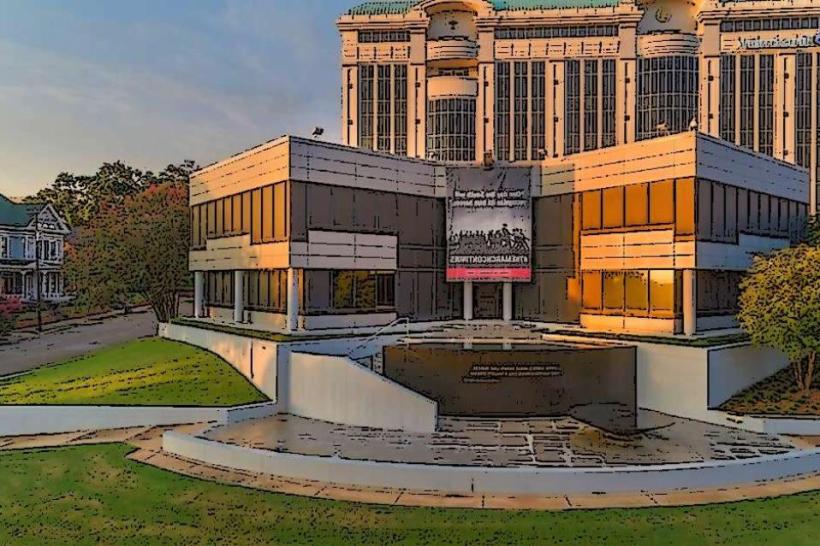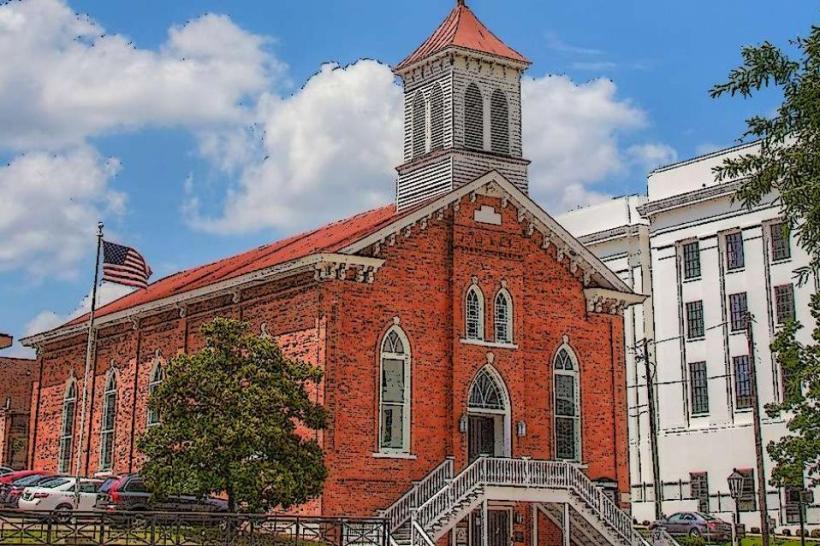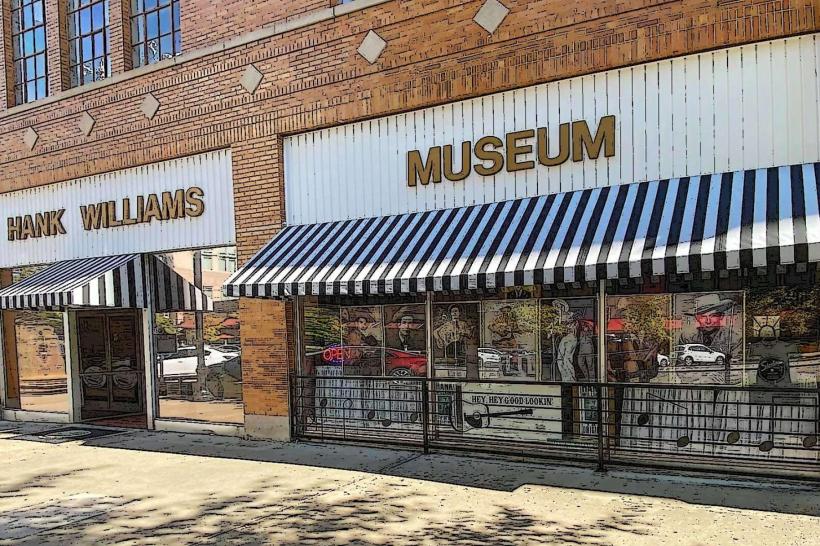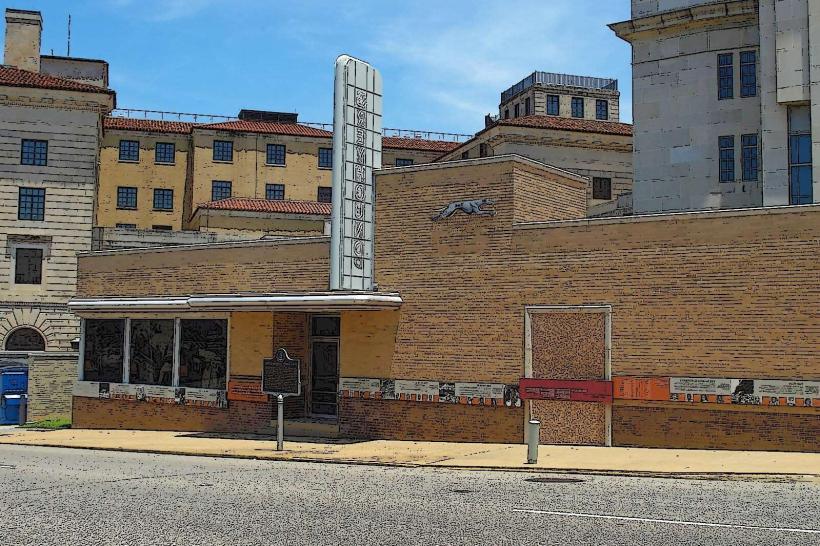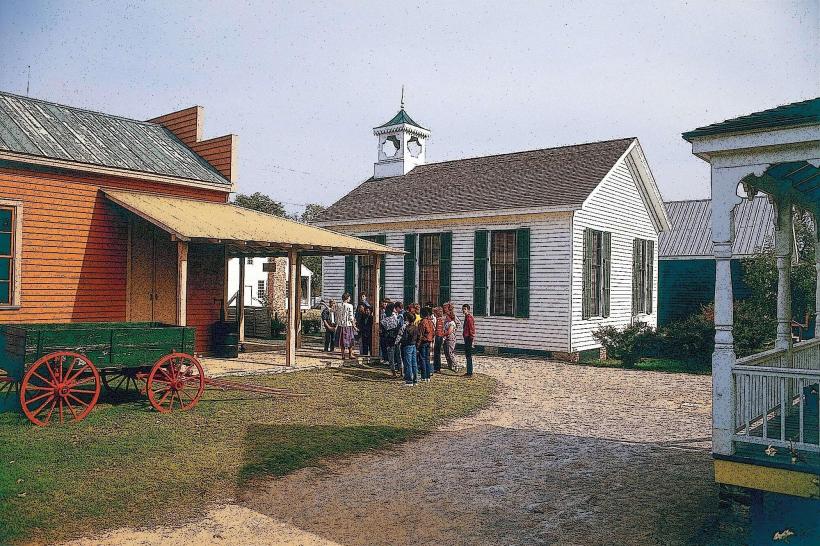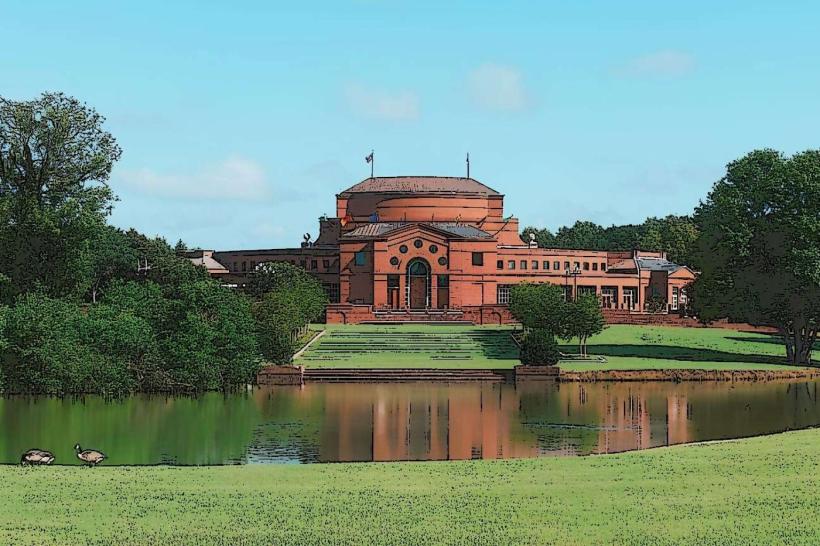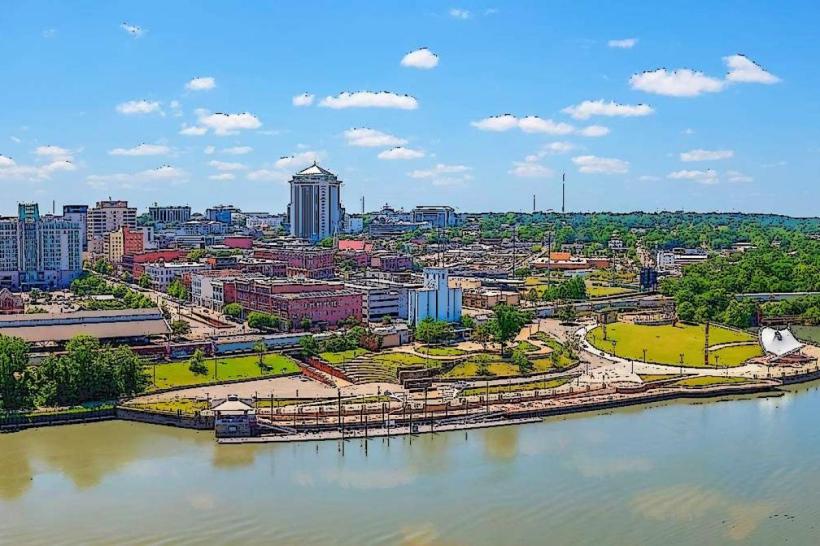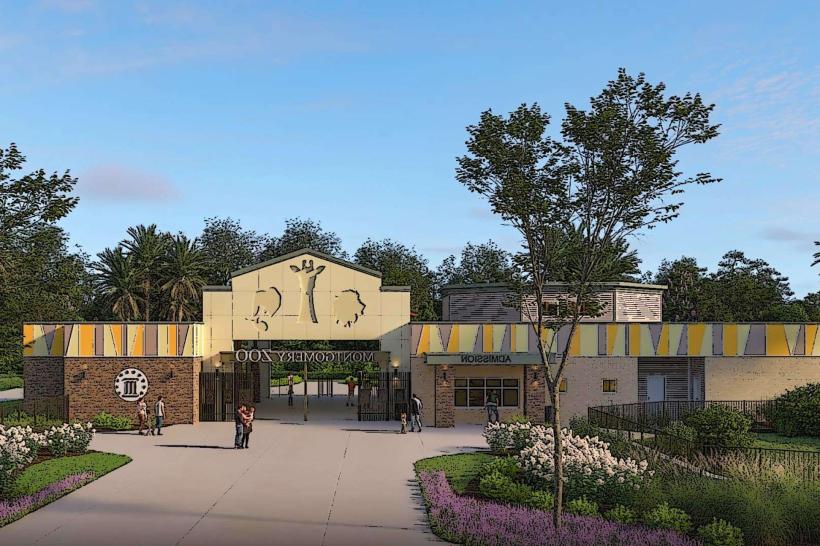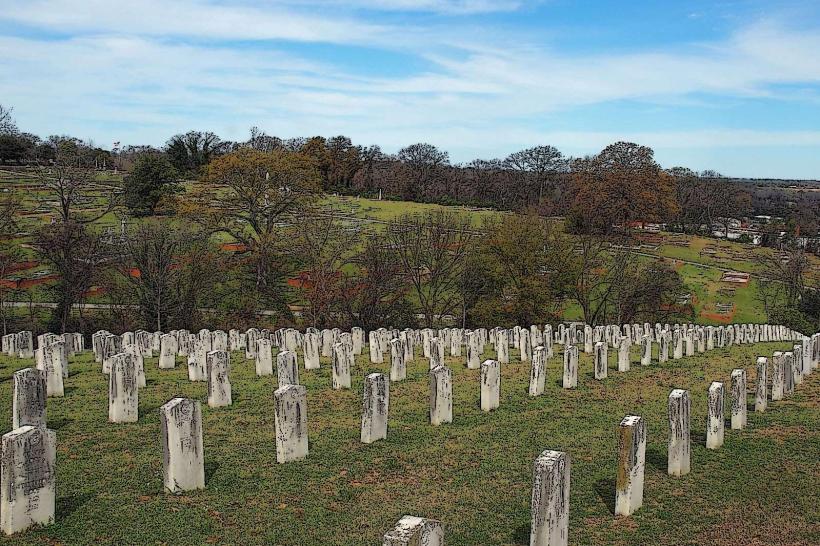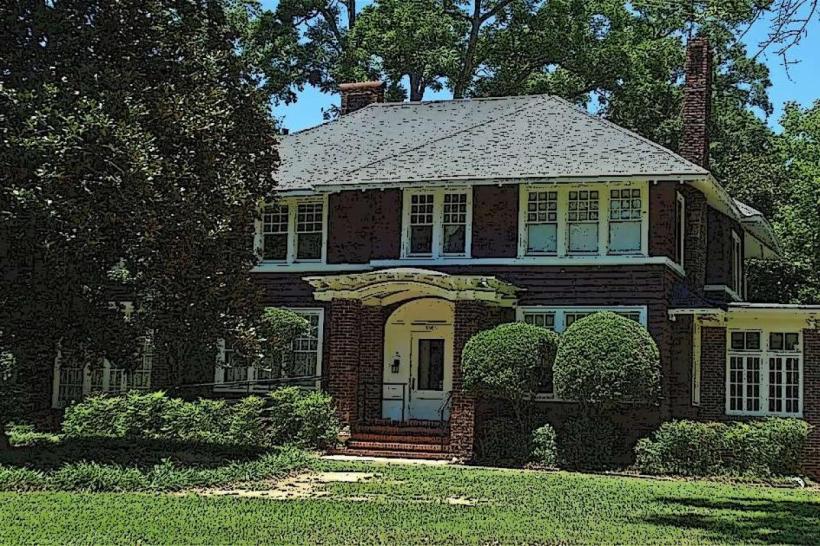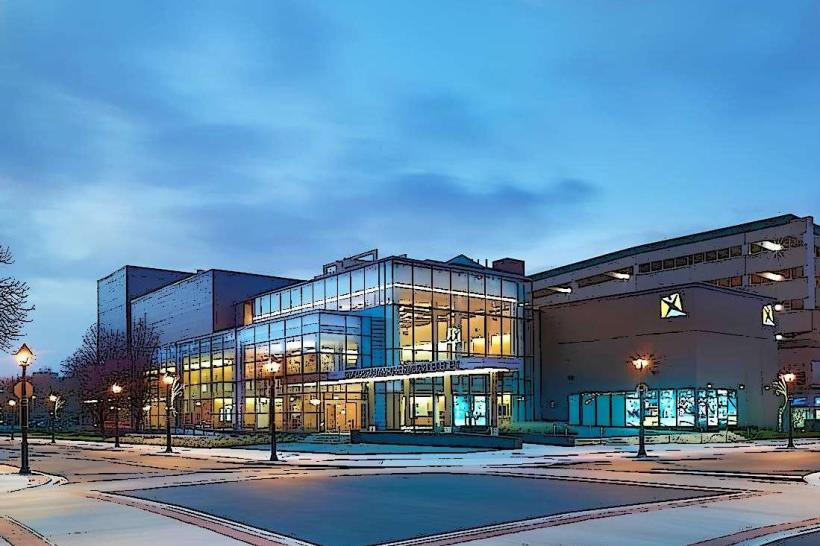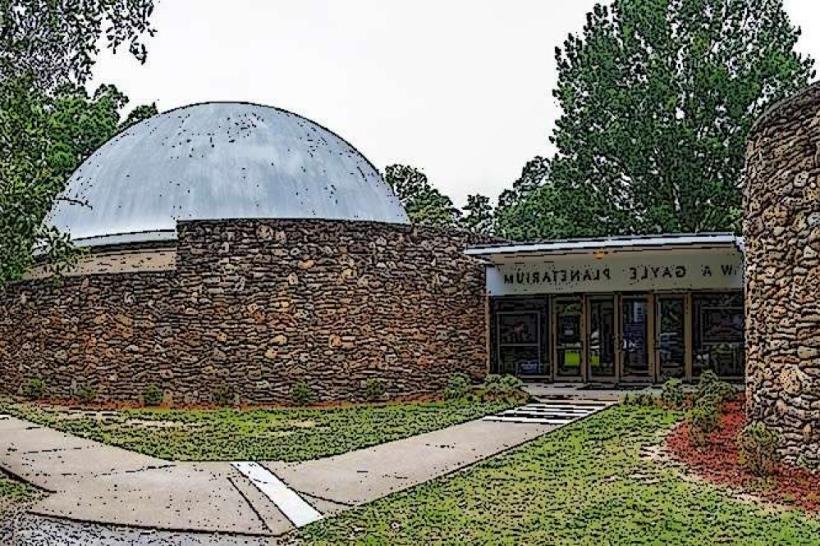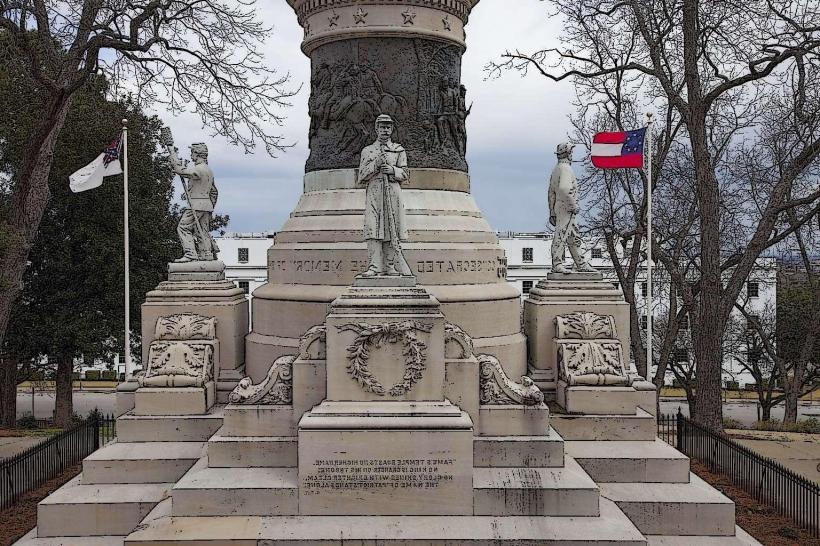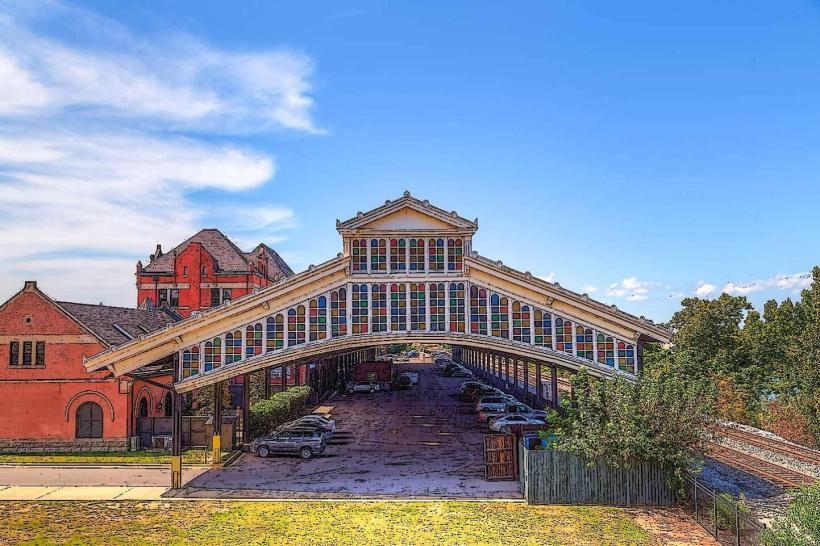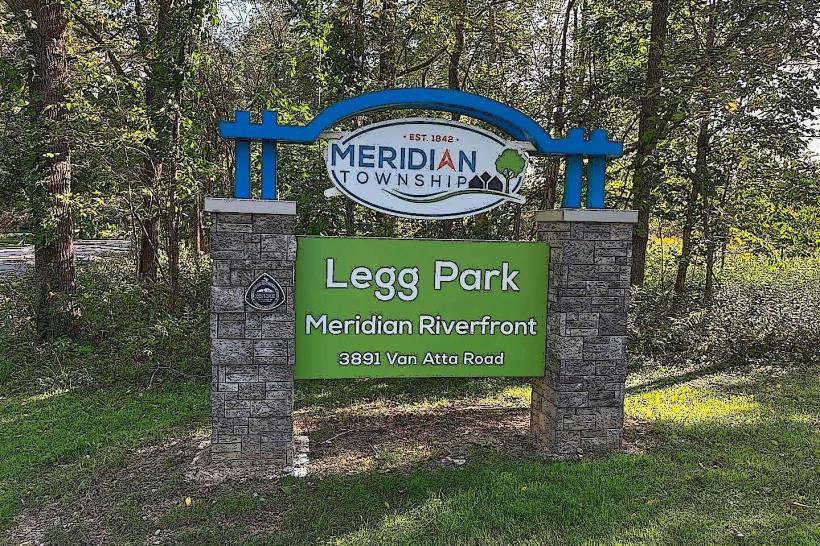Information
Landmark: Davis TheatreCity: Montgomery
Country: USA Alabama
Continent: North America
Davis Theatre, Montgomery, USA Alabama, North America
The Davis Theatre for the Performing Arts is one of Montgomery’s most historic and atmospheric cultural venues, blending early 20th-century grandeur with a modern role as a stage for concerts, theater, dance, and community events. It stands as a living reminder of the city’s rich performing arts traditions while continuing to host a wide variety of performances today.
History and Origins
The theater was originally built in 1929 as a lavish movie palace known as the Paramount Theatre, part of the golden era of cinema when ornate movie houses were built across the country. Designed in the Spanish Colonial Revival style, it reflected the glamour of the Roaring Twenties with elaborate interiors, decorative plasterwork, and a grand marquee.
By the late 20th century, the building faced decline, but instead of demolition it was restored and repurposed as a performing arts theater. In 1983 it was reopened as the Davis Theatre for the Performing Arts, named in honor of philanthropist Tine W. Davis, whose contributions helped secure its preservation.
Architecture and Design
Exterior: The facade maintains the 1920s movie palace aesthetic, complete with arched windows, stucco walls, and tile details.
Interior: The auditorium features ornate plasterwork, chandeliers, and balcony seating, all designed to evoke a sense of grandeur. Restoration efforts carefully preserved the historic decorative elements while upgrading acoustics, seating, and stage facilities.
Atmosphere: With a capacity of around 1,200 seats, the theater feels intimate compared to larger modern venues, yet still carries a sense of old-world elegance.
Programming and Performances
The Davis Theatre hosts a wide spectrum of cultural events:
Concerts: Classical music, jazz, blues, gospel, and contemporary artists.
Theater and Dance: Touring theater groups, ballet companies, and local productions.
Community Events: Graduation ceremonies, lectures, film screenings, and civic programs.
Educational Outreach: Collaborations with schools and universities bring young audiences into the theater, continuing its role as a community resource.
Role in Montgomery’s Cultural Scene
The Davis Theatre complements the larger Montgomery Performing Arts Centre by offering a more historic and atmospheric setting. While MPAC handles large touring Broadway shows, the Davis Theatre often focuses on concerts, smaller theater productions, and performances that benefit from the building’s acoustics and intimacy. Its location in downtown Montgomery also places it within walking distance of restaurants, shops, and other cultural attractions.
Visitor Experience
Stepping inside the Davis Theatre feels like entering a preserved piece of Montgomery’s cultural history. The combination of historic architecture and live performance creates a distinctive ambiance-different from a modern performance hall-where audiences not only watch a show but also experience the grandeur of a bygone era.
Significance
The Davis Theatre is a cultural and architectural landmark that symbolizes Montgomery’s commitment to preserving its artistic heritage. It bridges the past and present by retaining the character of a 1920s movie palace while serving the needs of today’s performing arts. For locals and visitors alike, it remains one of the most atmospheric venues in Alabama to enjoy live performance.

